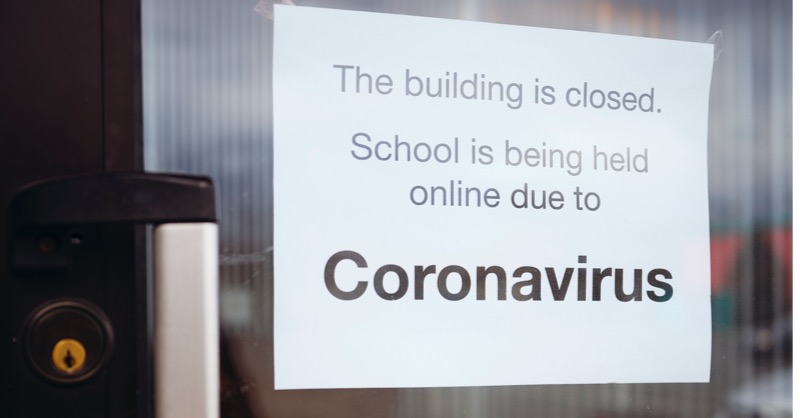International students in online-only classes must leave the country
International college students studying in the United States who can’t — or don’t want to — attend in-person classes this fall will be forced to leave the country, according to a new policy announced by the federal Student and Exchange Visitor Program (SEVP). Those who don’t leave voluntarily will face “immigration consequences including, but not limited to, the initiation of removal proceedings.” Schools must let the government know by July 15 whether they plan to open completely, offer only online classes or operate on a so-called hybrid model that includes both scenarios. The SEVP announcement also said: “The U.S. Department of State will not issue visas to students enrolled in schools and/or programs that are fully online for the fall semester nor will U.S. Customs and Border Protection permit these students to enter the United States. Active students currently in the United States enrolled in such programs must depart the country or take other measures, such as transferring to a school with in-person instruction to remain in lawful status.”
Source: The Washington Post
Most students report a higher level of anxiety as a result of COVID-19
The vast majority of recently surveyed college students (85%) said they “continue to experience increased stress and/or anxiety as a result of COVID-19.” More women (93%) than men (78%) said they feel that way. Overall, the top reasons are “uncertainty about the future of their education (72%), fear of falling behind in coursework (61%) and experiencing struggles with remote learning (60%).” However, only 21% have sought help by speaking with a licensed mental health professional, either in person or via telehealth consultations. Instead, most (65%) are coping by “turning to TV, movies and streaming services.” However, most of those who have taken advantage of telehealth resources (65%) said they were either “satisfied” or “very satisfied” with the experience. Uncertainty about the future of their education was most prevalent in the Northeast, where 84% of respondents voiced that concern.
Source: eCampusNews
COVID-19 has changed high school graduates’ outlook on college
Approximately 50% of high school students who graduated in 2020 said the COVID-19 outbreak “has changed their college plans for the coming school year,” and about one-third said they now plan to work or delay starting college instead of attending class in the fall as a result of the pandemic. Among the 40% who work, almost half said their families rely on their income for routine expenses. Overall, 40% said “Coronavirus has impacted their plans to pay for college,” and 35% who plan to attend college are “now are less excited to go.” Most also “had concerns about how the Coronavirus will impact academic quality and dorm life.”
Source: University Business
Applications for federal student aid plummeted during the pandemic
As school closures limited access to counselors and economic uncertainty caused families to rethink their college plans in the early days of the COVID-19 pandemic, “the number of new applications [for federal college financial aid] fell by nearly half compared to last year’s levels, fueled by a precipitous decline among students at low-income schools.” Application volume has increased since then, but still remains below 2019 levels. That news is “raising alarms among education officials who say thousands of students may be opting to delay or forgo college, with potentially dire consequences for their job prospects and future earnings.” During the four-week period beginning March 13, “the number of completed applications was down 45% compared to the same period the year before… It was sharpest at Title I schools, a federal designation for public schools that have larger shares of low-income students, which saw a 52% decrease, compared to a 39% slide at other public schools. Overall, applications were down by 70,000 as of June 19, representing a 3.7% drop for the entire application cycle.”
Source: OregonLive
